AMD Radeon Pro W7500 100-300000078 8GB 128-bit GDDR6 PCI Express 4.0 x8 Graphics Card
$567.67
AMD Radeon Pro W7500 100-300000078 8GB 128-bit GDDR6 PCI Express 4.0 x8 Graphics Card
| Best Seller Ranking |
#56 in Workstation Graphics Cards |
|---|---|
| Brand |
AMD |
| Model |
100-300000078 |
| Interface |
PCI Express 4.0 x8 |
| Chipset Manufacturer |
AMD |
| GPU |
Radeon Pro W7500 |
| Stream Processors |
1700 Stream Processing Units |
| Memory Size |
8GB |
| Memory Interface |
128-bit |
| Memory Type |
GDDR6 |
| DirectX |
DirectX 12 Ultimate |
| OpenGL |
OpenGL 4.6 |
| Cooler |
With Fan |
| Operating Systems Supported |
Windows ,Linux |
| Auxiliary Power Connector |
6 Pin |
| First Listed on Newegg |
March 19 ,2024 |
4 reviews for AMD Radeon Pro W7500 100-300000078 8GB 128-bit GDDR6 PCI Express 4.0 x8 Graphics Card


MAECENAS IACULIS
Vestibulum curae torquent diam diam commodo parturient penatibus nunc dui adipiscing convallis bulum parturient suspendisse parturient a.Parturient in parturient scelerisque nibh lectus quam a natoque adipiscing a vestibulum hendrerit et pharetra fames nunc natoque dui.
ADIPISCING CONVALLIS BULUM
- Vestibulum penatibus nunc dui adipiscing convallis bulum parturient suspendisse.
- Abitur parturient praesent lectus quam a natoque adipiscing a vestibulum hendre.
- Diam parturient dictumst parturient scelerisque nibh lectus.
Scelerisque adipiscing bibendum sem vestibulum et in a a a purus lectus faucibus lobortis tincidunt purus lectus nisl class eros.Condimentum a et ullamcorper dictumst mus et tristique elementum nam inceptos hac parturient scelerisque vestibulum amet elit ut volutpat.

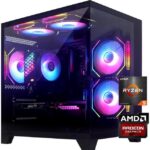
 Components & Storage
Components & Storage Software & Services
Software & Services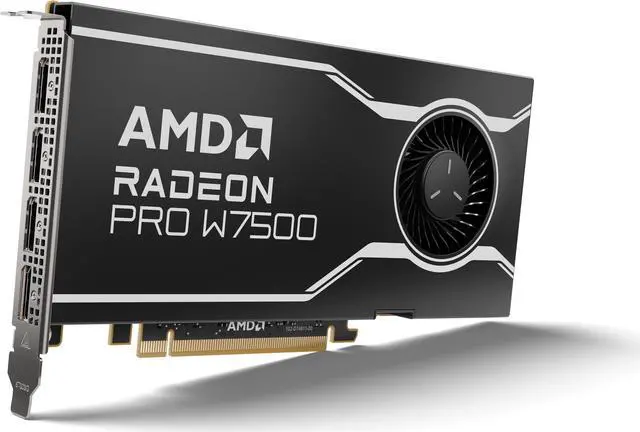
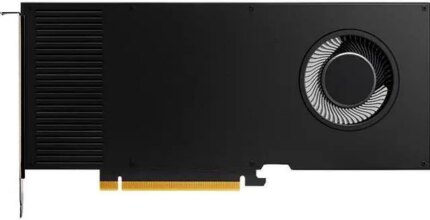
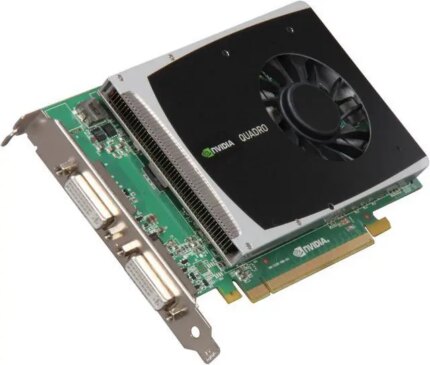
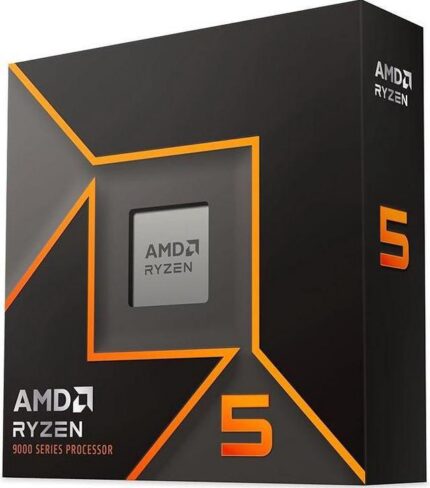
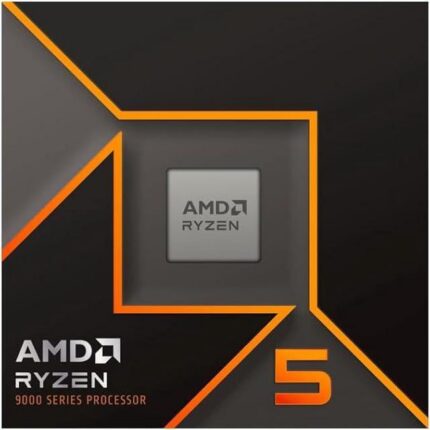
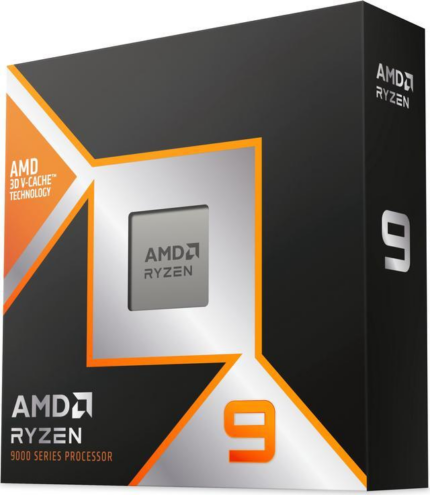
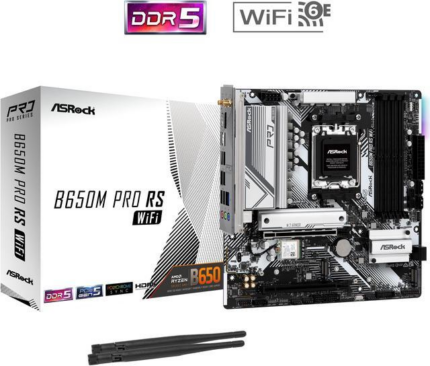
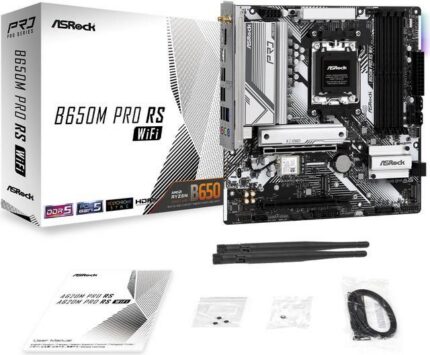
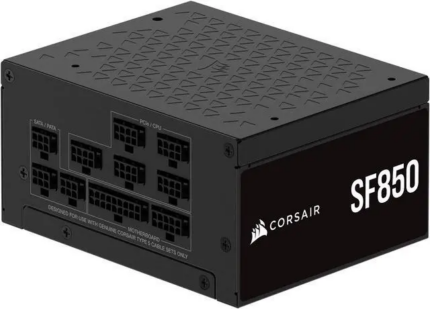
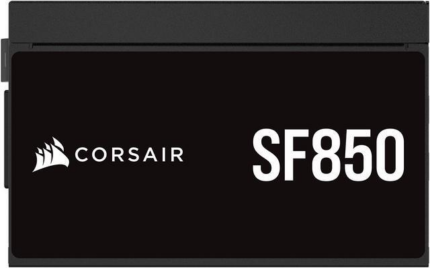
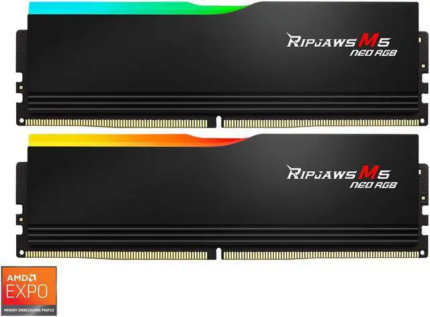
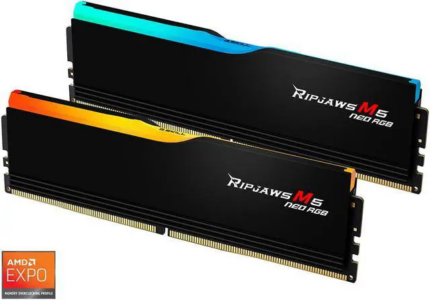
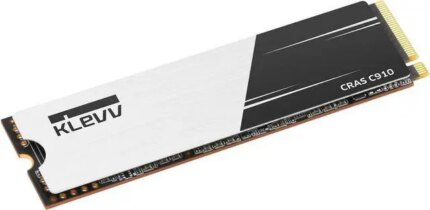
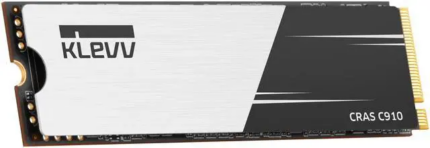
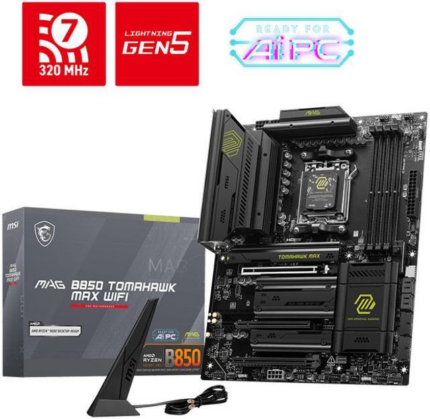
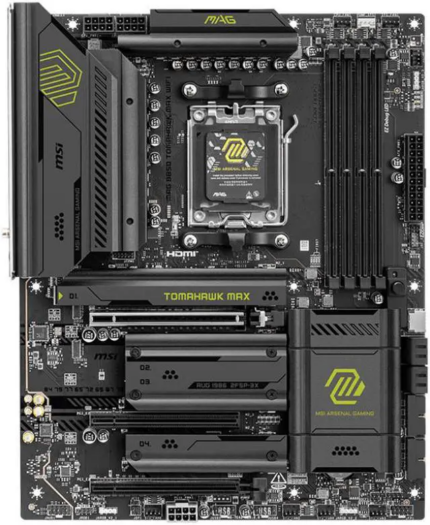
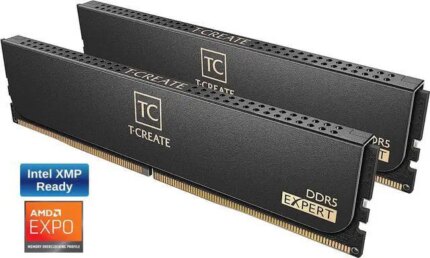
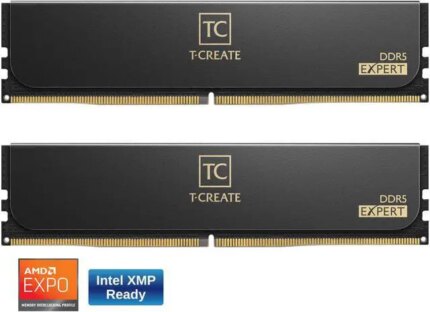
Anonymous –
Overall Review: Yes, I would recommend this video card for professionals.
Jeff W. –
Pros: Single slot, no auxillary power required, linux drivers are present in the 6.x kernel (Debian 12). Cons: AMD advertises the GPU as having “Total Board Power (TBP) 70W Peak”. In my system, I see 81W at idle and 202W peak (during a glmark2 run). That’s 121W total power consumption between idle and peak. Assuming the GPU consumes ~16W at idle, that would be an overall delta of 137W. glmark2 consumes 70% of one core, so if the 70W for the GPU is correct, that would indicate 67W being consumed by that one 70% core.
Granted, TDP is not the same as electrical power consumption, but the CPU is specified at 105W TDP and has 16 cores. If 67W is 70% of one core, that would imply 100% of 16 cores would consume 1,531W, a bit more than that 105W TDP and almost twice the power that my 800W power supply can provide. Add in the 65W idle power and we’re only 4W away from double the specified output of my PSU. As such, I’m a bit dubious about that 70W max number that AMD is claiming for the GPU total board power.
This isn’t a bad thing, just something to keep in mind when sizing components. I really wish marketing for technology products would be a bit more honest. Overall Review: It’s impressive that AMD was able to make a GPU that fits in a single slot, doesn’t need auxillary power, is reasonably power efficient, and yet has decent performance. By way of comparison, glmark2 2023.01:
=======================================================
glmark2 2023.01
=======================================================
OpenGL Information
GL_VENDOR: AMD
GL_RENDERER: AMD Radeon Graphics (gfx1102, LLVM 15.0.6, DRM 3.49, 6.1.0-13-amd64)
GL_VERSION: 4.6 (Compatibility Profile) Mesa 22.3.6
Surface Config: buf=32 r=8 g=8 b=8 a=8 depth=24 stencil=0 samples=0
Surface Size: 800×600 windowed
=======================================================
[build] use-vbo=false: FPS: 12550 FrameTime: 0.080 ms
[build] use-vbo=true: FPS: 23537 FrameTime: 0.042 ms
[texture] texture-filter=nearest: FPS: 25461 FrameTime: 0.039 ms
[texture] texture-filter=linear: FPS: 26882 FrameTime: 0.037 ms
[texture] texture-filter=mipmap: FPS: 25152 FrameTime: 0.040 ms
[shading] shading=gouraud: FPS: 23239 FrameTime: 0.043 ms
[shading] shading=blinn-phong-inf: FPS: 24169 FrameTime: 0.041 ms
[shading] shading=phong: FPS: 22506 FrameTime: 0.044 ms
[shading] shading=cel: FPS: 25764 FrameTime: 0.039 ms
[bump] bump-render=high-poly: FPS: 21215 FrameTime: 0.047 ms
[bump] bump-render=normals: FPS: 25831 FrameTime: 0.039 ms
[bump] bump-render=height: FPS: 24185 FrameTime: 0.041 ms
[effect2d] kernel=0,1,0;1,-4,1;0,1,0;: FPS: 19170 FrameTime: 0.052 ms
[effect2d] kernel=1,1,1,1,1;1,1,1,1,1;1,1,1,1,1;: FPS: 12827 FrameTime: 0.078 ms
[pulsar] light=false:quads=5:texture=false: FPS: 23015 FrameTime: 0.043 ms
[desktop] blur-radius=5:effect=blur:passes=1:separable=true:windows=4: FPS: 10138 FrameTime: 0.099 ms
[desktop] effect=shadow:windows=4: FPS: 16883 FrameTime: 0.059 ms
[buffer] columns=200:interleave=false:update-dispersion=0.9:update-fraction=0.5:update-method=map: FPS: 2613 FrameTime: 0.383 ms
[buffer] columns=200:interleave=false:update-dispersion=0.9:update-fraction=0.5:update-method=subdata: FPS: 3255 FrameTime: 0.307 ms
[buffer] columns=200:interleave=true:update-dispersion=0.9:update-fraction=0.5:update-method=map: FPS: 3658 FrameTime: 0.273 ms
[ideas] speed=duration: FPS: 13412 FrameTime: 0.075 ms
[jellyfish] : FPS: 20819 FrameTime: 0.048 ms
[terrain] : FPS: 2152 FrameTime: 0.465 ms
[shadow] : FPS: 21144 FrameTime: 0.047 ms
[refract] : FPS: 4152 FrameTime: 0.241 ms
[conditionals] fragment-steps=0:vertex-steps=0: FPS: 22775 FrameTime: 0.044 ms
[conditionals] fragment-steps=5:vertex-steps=0: FPS: 22987 FrameTime: 0.044 ms
[conditionals] fragment-steps=0:vertex-steps=5: FPS: 22764 FrameTime: 0.044 ms
[function] fragment-complexity=low:fragment-steps=5: FPS: 22507 FrameTime: 0.044 ms
[function] fragment-complexity=medium:fragment-steps=5: FPS: 23124 FrameTime: 0.043 ms
[loop] fragment-loop=false:fragment-steps=5:vertex-steps=5: FPS: 22542 FrameTime: 0.044 ms
[loop] fragment-steps=5:fragment-uniform=false:vertex-steps=5: FPS: 23030 FrameTime: 0.043 ms
[loop] fragment-steps=5:fragment-uniform=true:vertex-steps=5: FPS: 23066 FrameTime: 0.043 ms
=======================================================
glmark2 Score: 18681
=======================================================
While nowhere near high performance, the performance per watt seems fairly high. The absolute performance is almost twice that of my old GTX 970, so I’m not complaining, but this is not for serious gaming; it is a workstation card after all. I think the Radeon Pro W7600 doubles the performance in the same form factor, using extra power of course, but if gaming is a thing you do on your workstation and you still want to keep the form factor, that one might be a better option.
Power consumption on my Ryzen 9 5950x workstation:
Idle power: 81W
During glmark2: 195W – 202W
Anonymous –
Pros: great for a workstation application Overall Review: Recommend for basic workstation applications